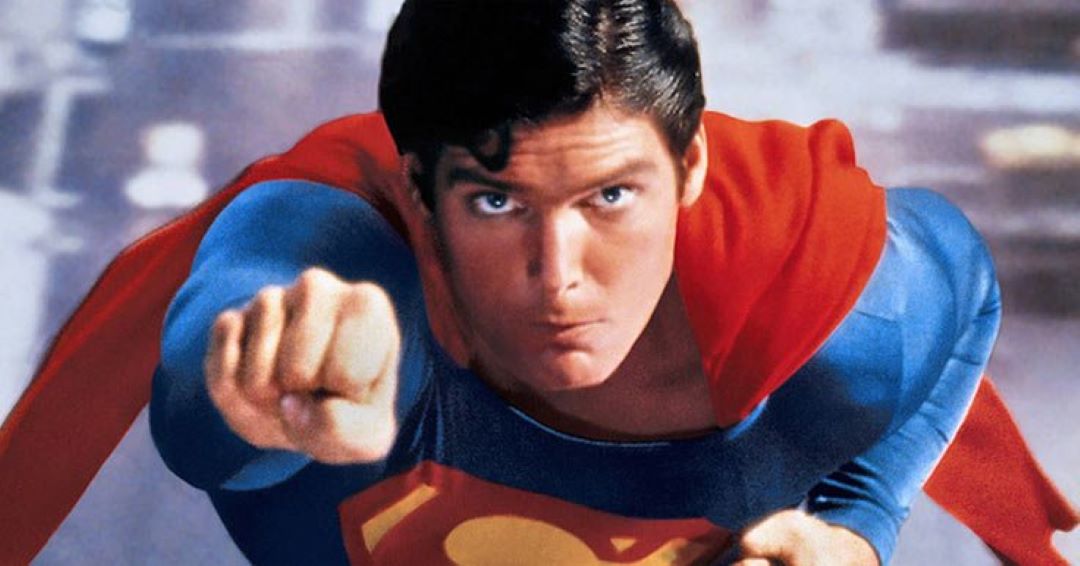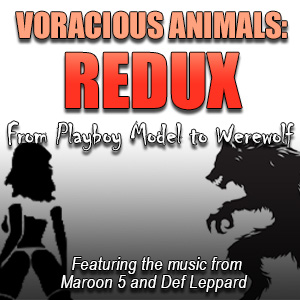Welcome to another Last Movie Outpost column taking you behind the scenes of a beloved movie. Last time we talked Predator. This time, from the archives and from Outposter MacLeod, we look at what many beleive iss till the greatest superhero movie ever made – Superman.
We hope to cover the most interesting and timeless movies with some pics and factoids you might already know, but if you don’t, even better! Feel free to recommend or contribute images or articles in the comments below.
“I’m Here To Fight For Truth, And Justice, And The American Way”
When producers Ilya and Alexander Salkind first got the idea to make a film based on the Superman comic book, they started cobbling together financing for the production but had no distributor.
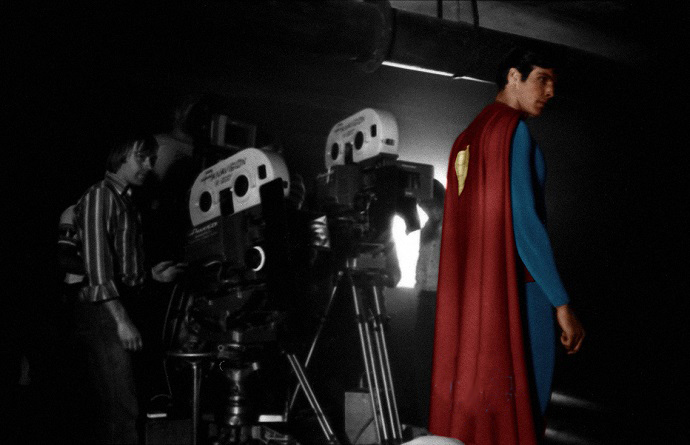
Eventually, they were able to convince Warner Bros. to take on U.S. distribution rights, but under what’s known as a “negative pickup” deal, meaning that the studio wasn’t actually required to help fund the movie. The burden was on the Salkinds to make the picture appealing to the studio, so the financial risk was massive.
The Salkinds considered several directors, including Sam Peckinpah (The Wild Bunch) and William Friedkin (The Exorcist) to helm the production, but ultimately decided on Guy Hamilton, who was best known at the time for directing James Bond films like 1974’s The Man With The Golden Gun.
Hamilton was an English “tax exile,” meaning he could only be in the UK for 60 days out of each year, therefore, had to drop out, and the search for a new director began.

Desperate to find a new director, the Salkinds turned to Richard Donner, who was riding high after the success of The Omen (1976). According to Donner, he was actually sitting on the toilet when he got the call from Alexander Salkind offering him the chance to shoot Superman and Superman II back-to-back.
When the Salkinds began the project, they wanted a high-profile writer to boost the film’s profile and decided on The Godfather author Mario Puzo. After spending some time with editors and DC Comics to familiarize himself with Superman lore, Puzo got to work and produced a massive script spanning two films and 500 pages.
The script was later rewritten by David and Leslie Newman and Robert Benton. When Donner joined the film, which Alexander Salkind had assured him was “perfect,” he demanded rewrites. Donner called in his friend Tom Mankiewicz (Live And Let Die), and the two began reshaping the story.
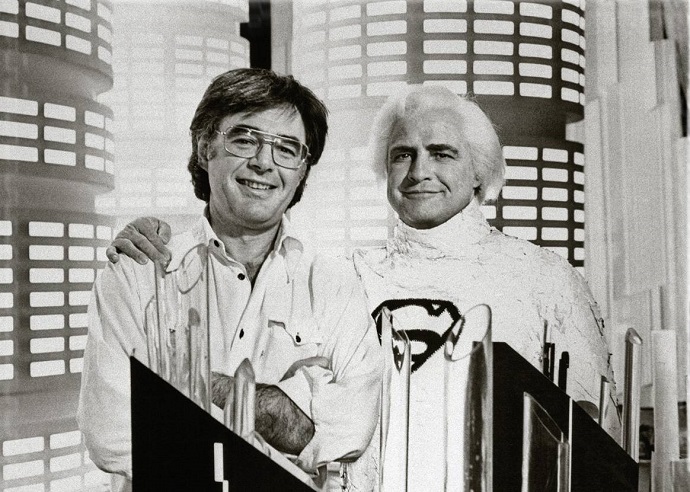
To further boost the film’s profile, the Salkinds went after major stars for key supporting roles and pursued Marlon Brando for the role of Superman’s father, Jor-El. Donner, Mankiewicz, and Ilya Salkind flew to Brando’s Los Angeles home to meet with him.
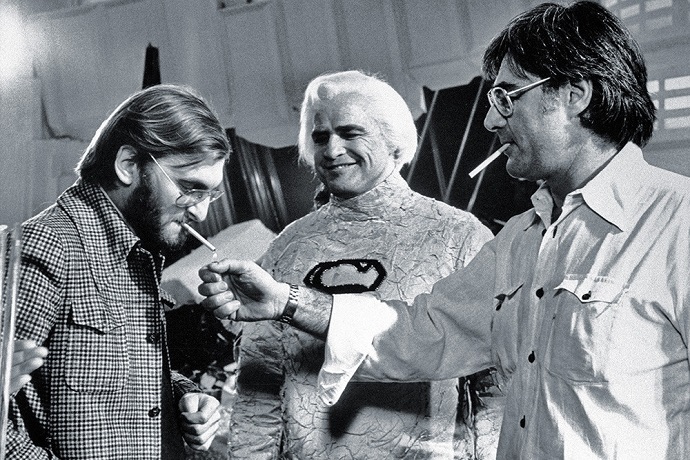
Before he met the actor, Donner asked famed Hollywood agent Jay Kanter for any negotiating hints, at which point he learned that Brando was going to attempt to do as little work as possible.
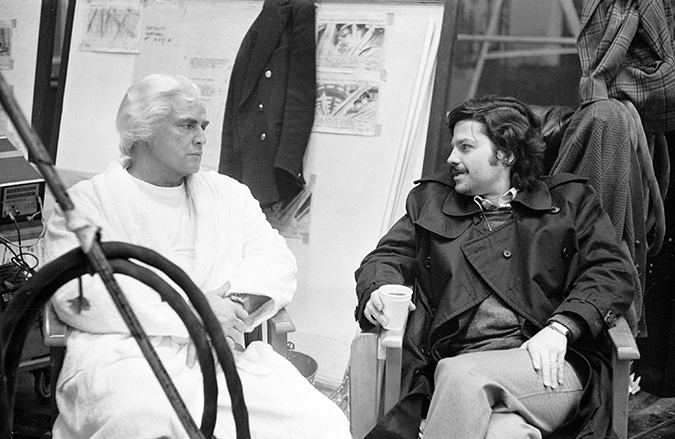
Brando was paid $4 million to play Jor-El, a massive sum for only a few scenes.
In order to secure the rights to adapt the comic book, the Salkinds had to bow to certain demands from DC Comics, and the publisher ultimately sent along a list of “approved” actors who were allowed to play Superman.
The list was far-reaching, and basically included every major star of the time. Among the names on the list were Dustin Hoffman, Al Pacino, Steve McQueen, Robert Redford, Paul Newman, and Muhammad Ali.
The Salkinds, hoping to land a major movie star in the title role, offered Superman to Paul Newman and Robert Redford, who both turned it down. The Salkinds also booked a meeting between Donner and Sylvester Stallone, who was hot at the time because of Rocky.

Believing that a movie star in Superman’s costume wouldn’t be believable, because audiences would only see the movie star and not the character, Donner lobbied hard for an unknown. He eventually found his man in Christopher Reeve, who impressed the director with his theater work.
Though he was impressed by Reeve’s acting ability and believed he had the right face to be Superman, Donner was concerned about the actor’s size. Superman had to be muscular and really fill out the costume, and at the time they met, Reeve was 6’5” and weighed only 170 pounds. Donner was skeptical, but Reeve assured him that he’d been muscular before and could be muscular again.
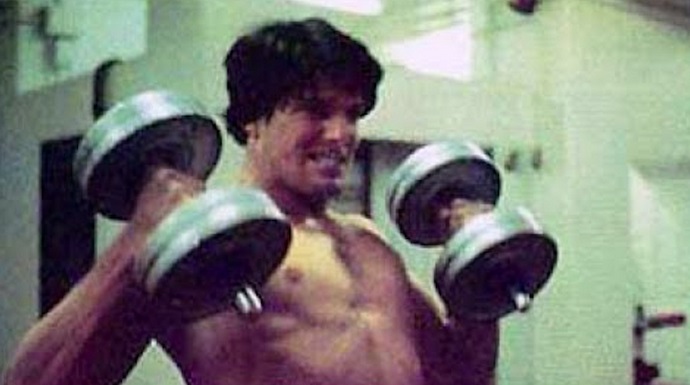
To help Reeve get into shape, the production turned to bodybuilder David Prowse (best known as Darth Vader in the original Star Wars trilogy) and asked him to put as much muscle on Reeve as he could in the span of about six weeks. According to Prowse, Reeve weighed about 212 pounds when he started production.
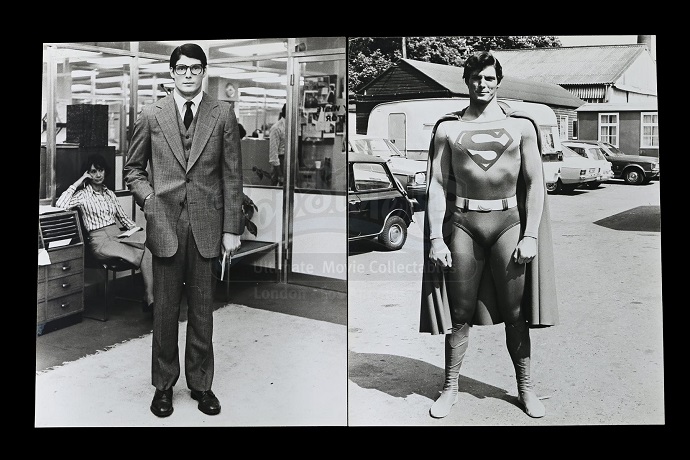
For the role of Lois Lane, several actresses — including Lesley Ann Warren and Anne Archer — were considered, but Margot Kidder ultimately won the role by simply being herself.
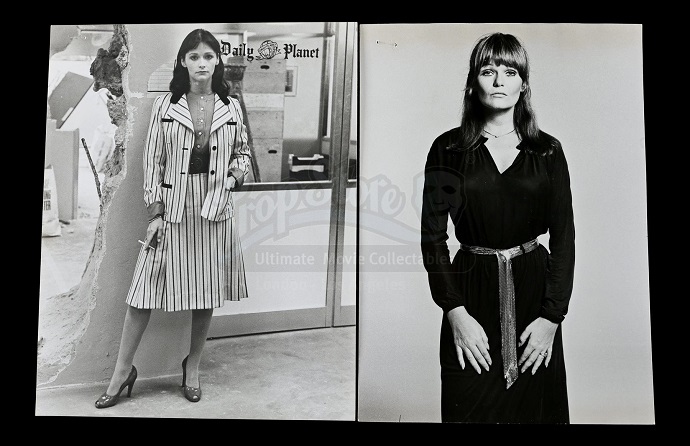
To compound Kidder’s clumsy, silly side even further, an eye injury meant that she had to act without contact lenses one day. Donner was so charmed by the way it made Lois bump into things and widen her eyes that he made sure Kidder continued to play the role without her contacts.
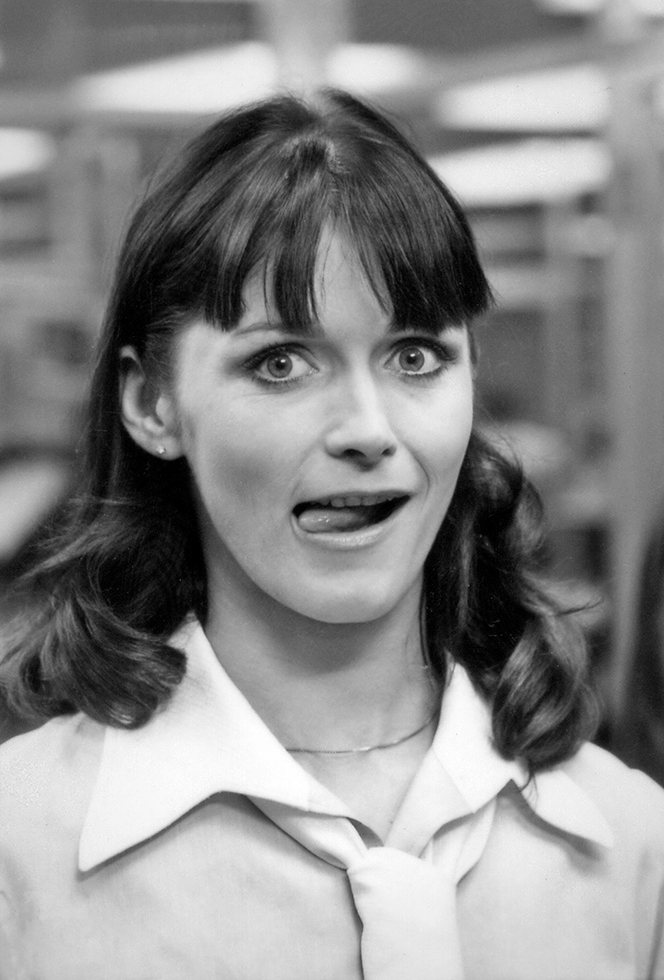
For the role of Perry White, the editor of the Daily Planet, Donner cast legendary character actor Keenan Wynn, but almost immediately after his arrival in London for shooting, Wynn had a heart attack. Desperate to find an actor in time to keep the production on schedule, Donner and Mankiewicz made a list of possible names and just made calls until someone answered the phone. Jackie Cooper picked up and ended up playing the character all the way through 1987’s Superman IV: The Quest For Peace.
Principal photography began in March 1977 and ended in October the following year.
“You’ve Got Me? Who’s Got You?”
Perhaps the biggest challenge in making Superman was creating a convincing special effect that would allow Superman to fly. Donner was adamant that old, crude methods of flying on camera (like the ones used in the Superman TV series) could not be used. It had to feel authentic, and that meant the special effects team had to essentially invent new methods of onscreen flight.
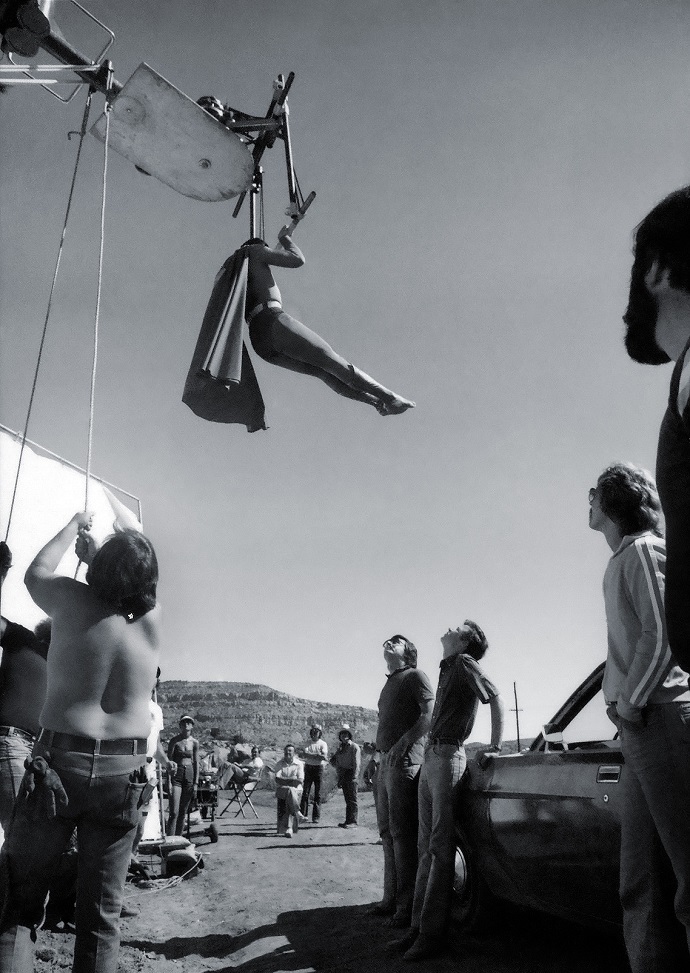
Finally, optics expert Zoran Perisic designed a system that used two zoom lenses interacting with each other to create a flight effect.
According to Donner, crew members actually cried the first time they saw Reeve take flight.

The Salkinds’ plan was always for two Superman films to be shot simultaneously, but because of the immense number of sets and effects needed to achieve that, Donner had to break the filming up into manageable pieces. To make it all work, seven different shooting units were filming at the same time, with Donner driving back and forth between them on a golf cart.
As production went on, Superman was helped out by increased financial support from Warner Bros., as studio executives grew more and more impressed with the footage they received from Donner.
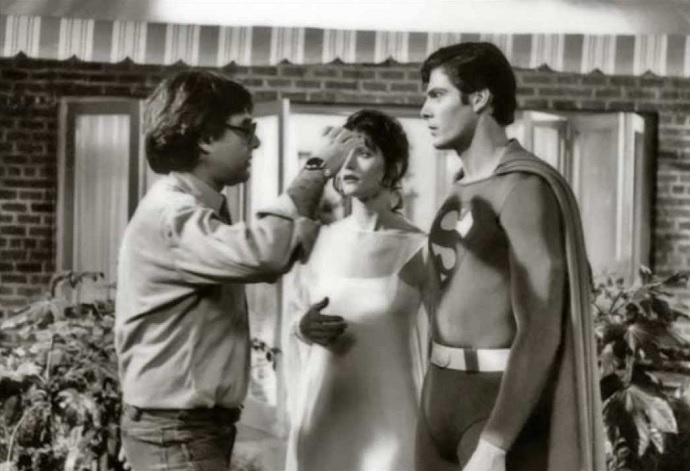
According to Mankiewicz, their favorite effect was the scene in which Superman flies into space and begins reversing Earth’s rotation in order to turn back time. Because the studio was determined to make Superman a hit, they wanted this dazzling effect to be the climax of the film. The problem was that the footage was intended to be the end of Superman II.
As Donner continued to fight with Spengler and the Salkinds over budget and scheduling issues, the Salkinds drafted director Richard Lester (A Hard Day’s Night) to act as a “go-between” for both parties. Lester assured Donner that he was there to help, and Donner requested that Lester have no part in the actual production of the films.
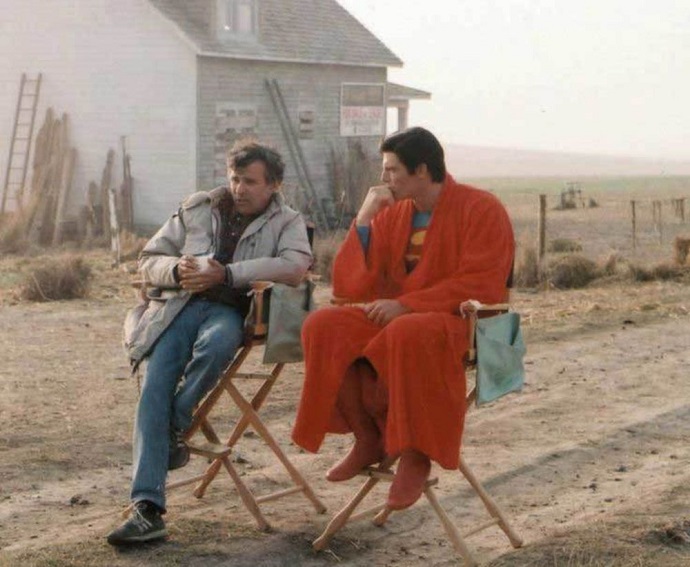
After Superman was released to massive success in December of 1978, Spengler encountered Variety columnist Army Archerd at a Christmas party and assured him that, though there had been tension, he was proud of Donner’s Superman work and looked forward to working with him on the sequel.
Archerd then contacted Donner and told him what Spengler had said. Donner’s response was:
“If he’s on Superman II—I’m not.”

The Salkinds then turned to “go-between” Lester, and hired him to finish Superman II. Lester reshot, and sometimes even rewrote, portions of the film (Mankiewicz, loyal to Donner, refused to return to work on the script).
“Look At That Overgrown Boy Scout, Miss Teschmacher. Tell Me What You See”
Decades later, Donner’s previously shot footage for the film was restored and re-edited into Superman II: The Richard Donner Cut, and previously unused footage of Brando as Jor-El was incorporated into Bryan Singer’s sequel to Superman II, Superman Returns (2006).
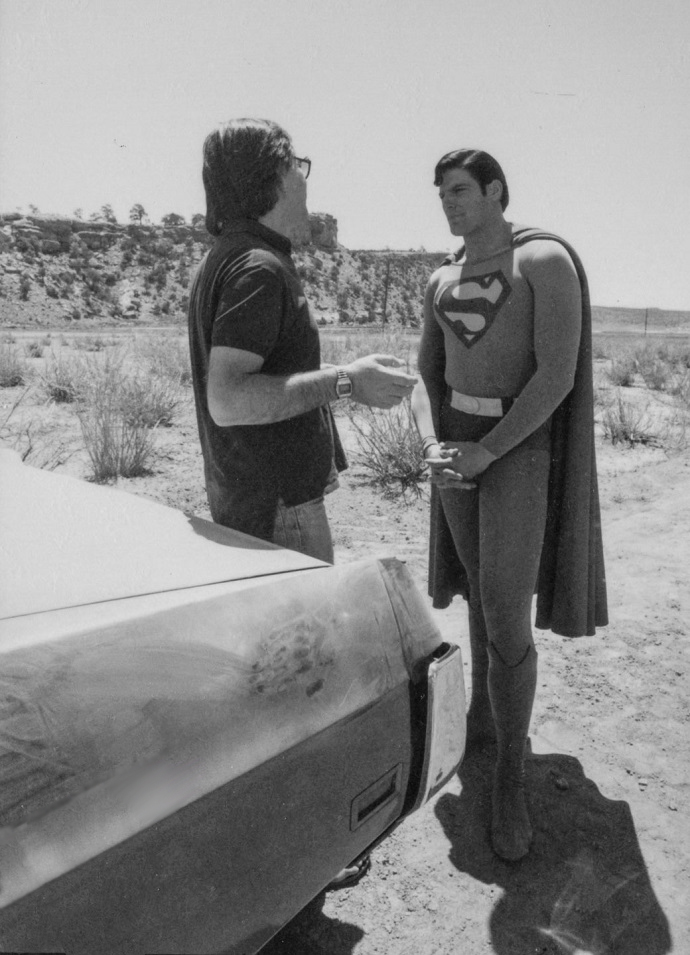
Jeff East, who plays the young Clark Kent, had his voice dubbed by Reeve, although he knew nothing about it at the time. East wasn’t happy with the decision as it was done without his permission.
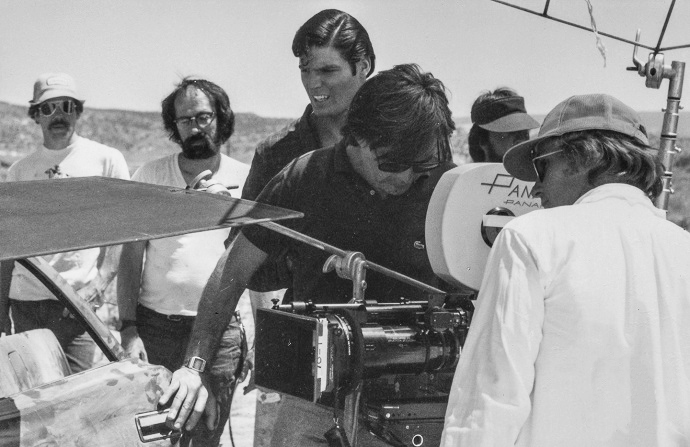
The closing titles credit five different second-unit directors. According to Donner, at one point there were seven units filming simultaneously. There are 18 camera operators credited on this film, not counting any of the special effects (matte photography, process photography, model units, etc.) or aerial units.
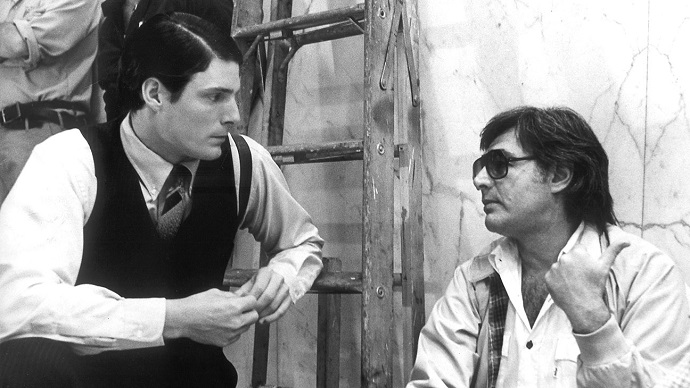
The helicopter scene was originally meant to be shot on the top of the then Pan Am building until they suffered a horrific real-life accident on the heliport that killed several passengers.

Larry Hagman was only supposed to be filming for 3 days but because of the terribly unpredictable weather the crew experienced in Calgary, he was there for nearly a month.
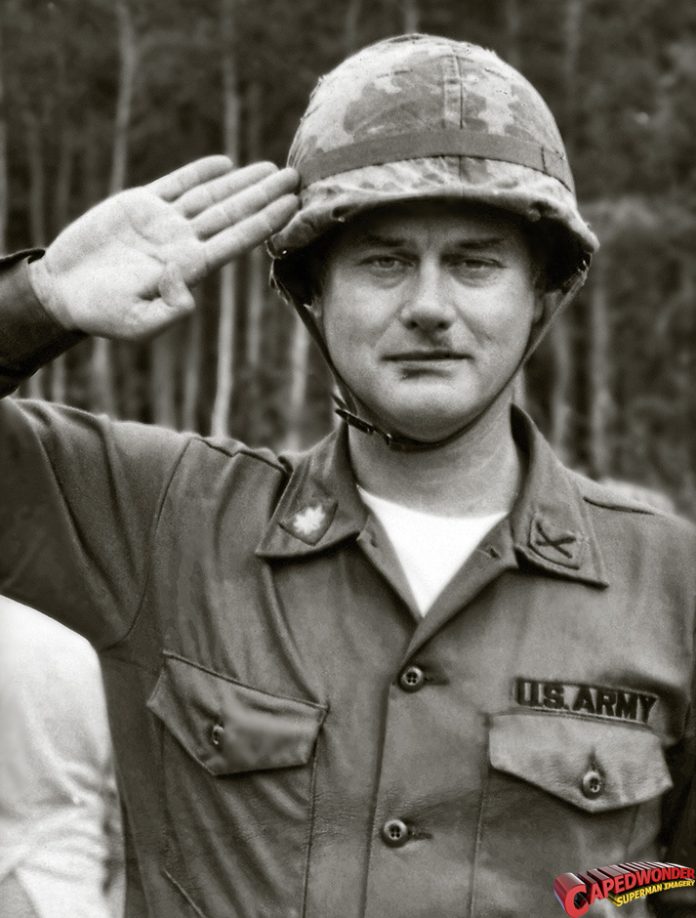
For scenes where Superman has to interact with other people or objects while in flight, Reeve and fellow actors were put in a variety of rigging equipment with careful lighting and photography to hide the equipment.
The Kryptonian costumes were made of Scotchlite, a material used to make movie screens and reflective clothing.
In the original script, Gene Hackman’s Lex Luthor had another henchman in addition to Otis, named Albert. This character was dropped in subsequent drafts.
Because of the nature of blue-screens in 1978, the Superman costume had to be turquoise for several of the flying scenes.
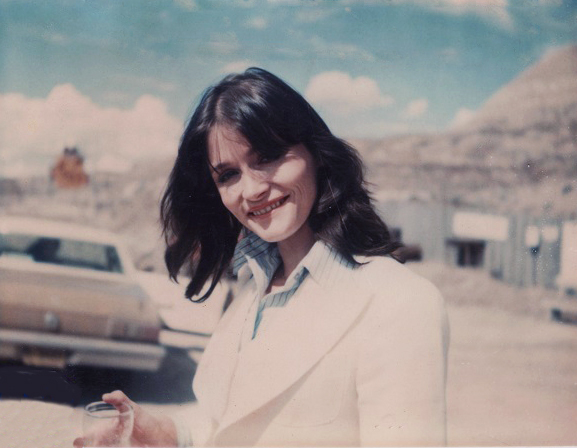
The black and white photograph of a mustachioed man seen on the table in the background of Lois Lane’s apartment when Clark Kent first visits, is in fact a gatefold copy of the album “Traffic” (1968) open at a picture of Dave Mason and Jim Capaldi.
At the time of its release, Superman was the 6th highest-grossing film of all time and it was the first movie to make use of the new Dolby stereo 70mm split stereo surrounds.
Thanks to Outposter Iron Squid for helping with this article.
DISCLAIMER: We try our best to attribute Behind The Scenes images, videos, and quotes to their creators and original sources. If you see something on the Last Movie Outpost that’s incorrect, please contact us.



